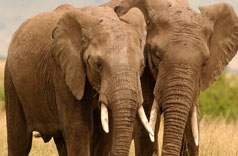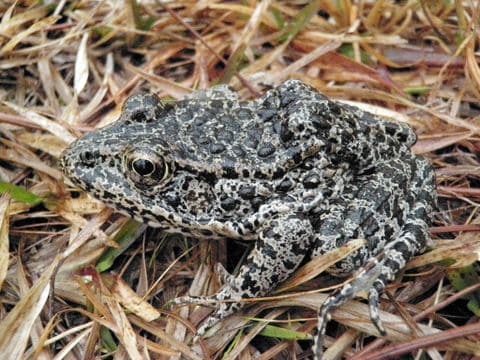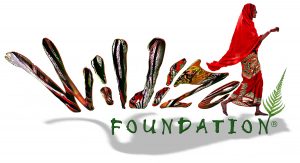Two possible futures can be seen in the news headlines today. Which will we choose?
India is suffering a massive heatwave, with temperatures up to 50.8C (123F), forcing evacuations and a water crisis. Here are some shocking statistics:
– Hundreds of Indian villages have been evacuated as a historic drought forces families to abandon their homes in search of water.
– Temperatures reaching 50.8C (123F) in parts of the country match the highest-ever recorded temperatures in India.
– 6,000 tankers (carrying muddy, salty water) are needed on a daily basis to supply areas with no water.
– 50% rise in patients suffering gastric problems in this region (due to dirty water and lack of water).
– 20,000 villages grappling with severe water crisis.
– 35 major dams with no water, 1,000 smaller dams at less than 8% capacity.
– Groundwater, which supplies 40% of India’s drinking water, is being depleted at an unsustainable rate.
– 21 Indian cities are expected to run out of groundwater by 2020 (next year!) This is tens of millions of people.
– 40% of India’s population (600 MILLION PEOPLE!) will have no access to drinking water by 2030 – 11 years from now!
How many people in India will be able to survive these conditions in the long run? And what about wildlife and the rest of nature?
All of this is happening in parts of India right now, but this horrifying environmental scenario is the future for much of the world on a “business as usual” trajectory. Scientists continue to warn us that if we do not radically reduce carbon emissions and change our wasteful ways, this is what awaits. Will we listen, or change? We cannot seem to do so because we cannot seem to envision any other way of life other than the way we are currently living in the modern industrialized economies. At most we are looking at tweaks – electric cars instead of gas.
There are other ways of living that do less harm to the planet. For example there is a worldwide albeit not necessarily widespread movement of small farmers engaging in organic and permaculture techniques which are not only far less harmful to the planet than standard industrial-agriculture techniques, but are potentially beneficial for the health of the Earth and its biodiversity. Instead of draining aquifers, these people are digging earthworks to slow down water and capture it so that it soaks into the soil rather than evaporating and creating desert-like conditions. Instead of chopping down trees they plant trees. Instead of planting monocultures (unheard of in nature) which require huge chemical and fossil fuel input just to stay alive, they plant polycultures that thrive together in a natural give and take. Instead of dumping poisons — pesticides and herbicides — all over the soil to kill the insect life at the base of the food chain, they plant pollinators and attractants to help bees and butterflies and other creatures. Instead of eroding topsoil (which will all be gone in 60 years at present rates) which releases enormous amounts of carbon into the atmosphere, they create healthy living soil that sequesters carbon.
Why is this burgeoning movement not receiving more help and support? Why do we not get more of our food from these Earth-friendly practices, instead of the poisonous short-sighted and disastrous practices of our current industrial system.
Imagine huge swaths of the planet turned over from destructive agricultural practices to positive healthy ones. What a boon to human health, biodiversity, the climate, and well-functioning ecosystems.
The writer/activist Vandana Shiva has written extensively about how India’s healthy traditional agriculture system, which was good for the land and people and the rest of nature, has been replaced over the last generation with industrial methods that lead to poisoning of the soil and water, denuding of the land, drying up of water sources, enormous chemical and fossil fuel inputs, massive loss of biodiversity, and often suicide and despair for India’s small farmers. The correct choice is “Soil not Oil” she says.
Well India has been choosing “Oil” for the most part and now we can see the results in the headlines today. The same is true all over the world.
Still there is another path.
There are ways to live in better harmony with nature.
Right here in Colorado where WildiZe Foundation is located, people are encroaching further and further into bear and mountain lion habitat and having unfortunate wildlife encounters – often leading to the death of the animal. It doesn’t have to be this way. By having empathy and using a little common sense, as well as developing knowledge of local wildlife populations, we can avoid or at least minimize these negative encounters. It starts, as our founder Eli Weiss wrote in a recent Op-Ed, with doing your best to look at the world through the eyes of wildlife.
Again, two futures here in Colorado: one of more frequent human-wildlife conflict leading to declining wildlife populations and impoverished ecosystems, one in which people put in the time and effort to co-exist with other species.
In Brazil the choice is an intact Amazon Forest (the Lungs of the Planet) or cheap beef and soy.
In Africa the choice is living elephant herds, or dead piles of ivory. Living rhino, or dead horns. The CITES Conference of Parties 18 is being held in Switzerland in August, and there are a number of African countries looking to expand trade in ivory and other wildlife parts so they can make money – otherwise they might pull out of the only global treaty that attempts to regulate trade in wildlife. In the vast Selous reserve, a UNESCO world heritage site about the size of Switzerland itself, the government of Tanzania is attempting to build a huge hydropower dam project — which will gut the storied Selous. The dam will flood 500 square miles, require the felling of 2.6 million trees, and lead to the loss of untold numbers of wildlife. Hydropower and money or trees and animals?
There are so many powerful forces lined up to destroy nature. Who is lining up to defend it?
To avoid the fate of those living beings human and non-human alike suffering in India right now under horrific environmental conditions requires a critical mass of people worldwide to do whatever it takes — not small tweaks, not convenient consumer choices, but WHATEVER IT TAKES — to protect nature and foster a living healthy planet.
We have two possible future staring us in the face.
Which will it be?



